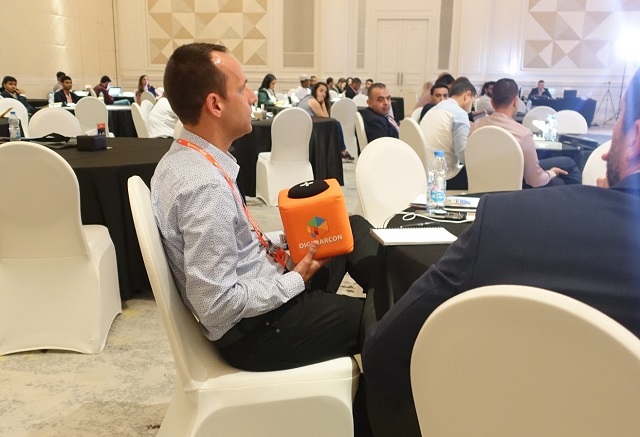Why the Financial Times still believes in comment sections
In times of belt-tightening, the Financial Times is making more data-informed decisions around audience development. For this reason, it is improving its approach to comments and commenters on site.
With a lot of conversation having migrated to social media, it’s not uncommon for some publishers — like The Telegraph, for example — to ax its comments section entirely. But the FT believes its readers are paying to be part of this community and to take part in the debate.
Up until recently, the strategy around comments was more about damage control. Last year, Renée Kaplan joined as head of audience engagement and has built up an 11-person team. Now that team is getting more proactive and is using comments as a tool for engagement. “For other media companies, the comment strategy is more about growth,” said Kaplan. “For the FT, we have a unique commitment to make something of these comments, the readers are entitled to being part of the quality conversation and what the community has to offer.”
Currently, FT readers can comment on news stories, analysis and opinion pieces, where the highest volume of comments is. The FT routinely disables comments on more explosive news stories, though — Russian politics, climate change, Islamic extremists — because no productive discourse took place here.
That said, here’s how its strategy is shaping up.
Putting a commercial value on the commenter.
Only subscribers can post comments; therefore, the FT already knows a lot about them. Not enough, though. Leading the research into understanding the commercial value of commenters is community manager Lilah Raptopoulos.
“We want to know whether they are, as we suspect, our most engaged users,” said Raptopoulos. “We need to understand what the commercial correlation is, what effect does a comment have on our subscribers, will commenters share more, or visit the site more often?” Anecdotally, the team has hunches about these hypotheses, but for now, this is a work in progress.
Extending the audience.
Comments have been also a springboard to bring in new, younger audiences, crucial for a heritage brand like the FT wanting to stay relevant.
The comments on a recent story called “Why millennials go on holiday instead of saving for a pension” were overwhelmingly left by older readers and showed a real lack of understanding about young people. So Raptopoulos jumped in calling out for younger voices, and cross-promoted the call-out on social media too.
Shout out to all those financially-minded millennials
As a result, the FT received around 15 more comments from younger people. Kaplan thinks it’s unlikely they would have been subscribers; instead, they took the time to sign up to the one-month trial subscription which costs £1 for one month in order to comment. This led to its own piece on the most interesting comments, leading to another 150 comments.
Getting journalists to care.
In a shrinking newsroom, getting reporters to care about comments is a challenge, making it all the more important to have this data-informed research on the value of a commenter.
“Newsrooms tend to hate comments,” admitted Kaplan. “They’re a pain. There are trolls. …read more
Source:: Digiday



























